Some dogs can do more than sit, stay, or roll over—they can tell their toys apart by name. In a standout study, researchers found that certain dogs could recognize more than 100 toy names and retrieve the correct item on command. Even more intriguing, when presented with a completely new toy, these dogs were able to use the process of elimination to select the unfamiliar object—proof of real-time reasoning.
Not all dogs can do this, but the ones who can treat verbal labels almost like a second language. They don’t just recognize a toy—they distinguish it from other toys in the room, even when surrounded by distractions. It’s not just a party trick. It shows how some dogs weave language into their daily life in ways we’re just starting to understand.
This blog digs into that exact idea—how some dog breeds that distinguish their toys by name are teaching us about memory, language, and the evolving intelligence of our four-legged companions.
Dog Breeds That Distinguish Their Toys by Name
Here are the 10 dog breeds:
1. Golden Retriever
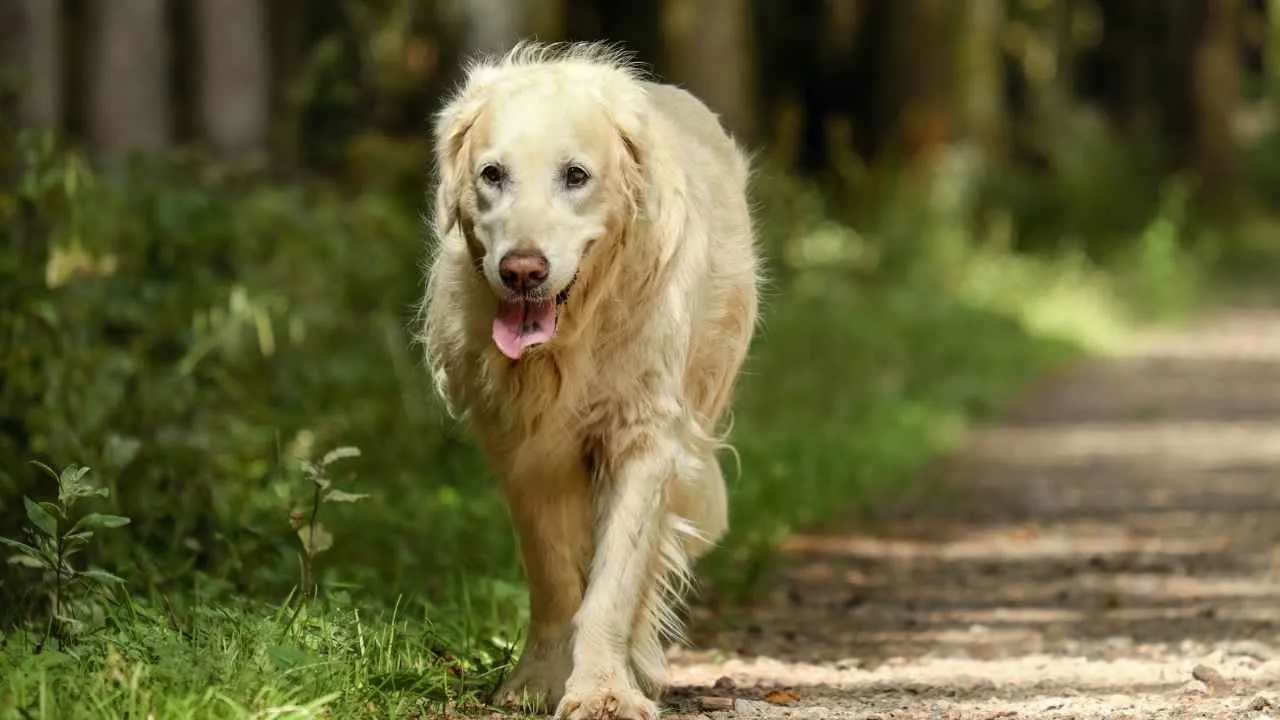
A Natural at Word-Based Toy Recognition
Golden Retrievers have an intuitive knack for communication, making them surprisingly good at distinguishing toys by name, especially when given consistent verbal cues.
Their natural eagerness to please and ability to stay focused help them quickly form connections between verbal labels and specific objects. For dog owners, that means these dogs aren’t just fetching random items—they’re actively trying to get the correct toy.
Emotionally Intelligent and Family-Friendly
According to the American Kennel Club (AKC), what sets Golden Retrievers apart is their deep emotional sensitivity and high social intelligence. These canine companions are known for being calm, patient, and responsive, which explains why they’re often chosen as therapy dogs.
Independent Thinkers with a Purpose
But the real standout trait? Their decision-making under pressure. Goldens were originally bred as hunting dogs, which means they had to think quickly and work independently without constant input from humans.
2. Poodle
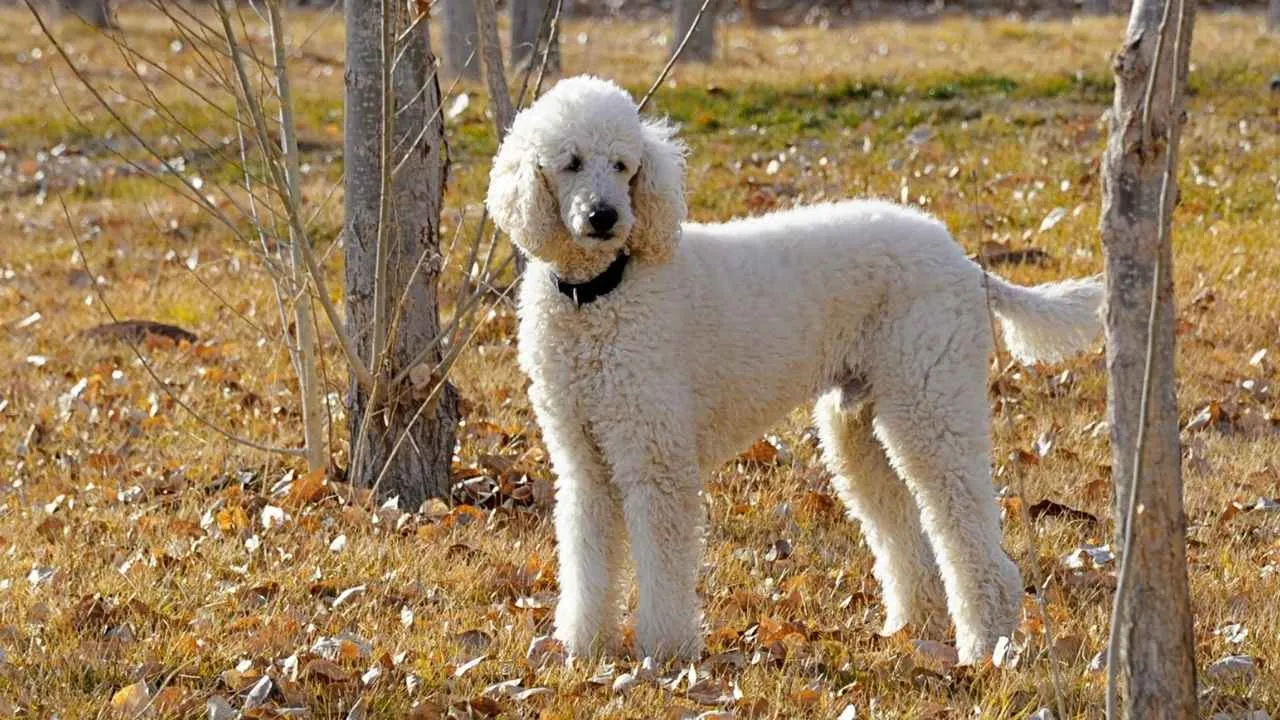
Smart Enough to Learn Toy Names by Sound and Shape
Poodles are among the most cognitively flexible dogs out there, which makes them surprisingly adept at distinguishing specific toys by name. Their strong work ethic and focus allow them to connect toy names with shape, size, and even sound.
What makes them so effective is not just obedience, but their ability to process new words quickly, even when surrounded by other toys in the environment.
Versatile, Energetic, and Driven to Work
This breed is no stranger to multitasking. According to Britannica, from agility courses to search work, Poodles excel at problem-solving in motion. Their intense curiosity and sharp instincts allow them to take on a variety of roles—from assistance work to scent-based tasks like truffle hunting.
Exceptional Focus and a Performer’s Brain
Poodles were once popular performers in European circuses, trained to walk tightropes, solve puzzles, and even dress in costumes—all thanks to their intelligence, memory, and flair for drama.
3. Labrador Retriever
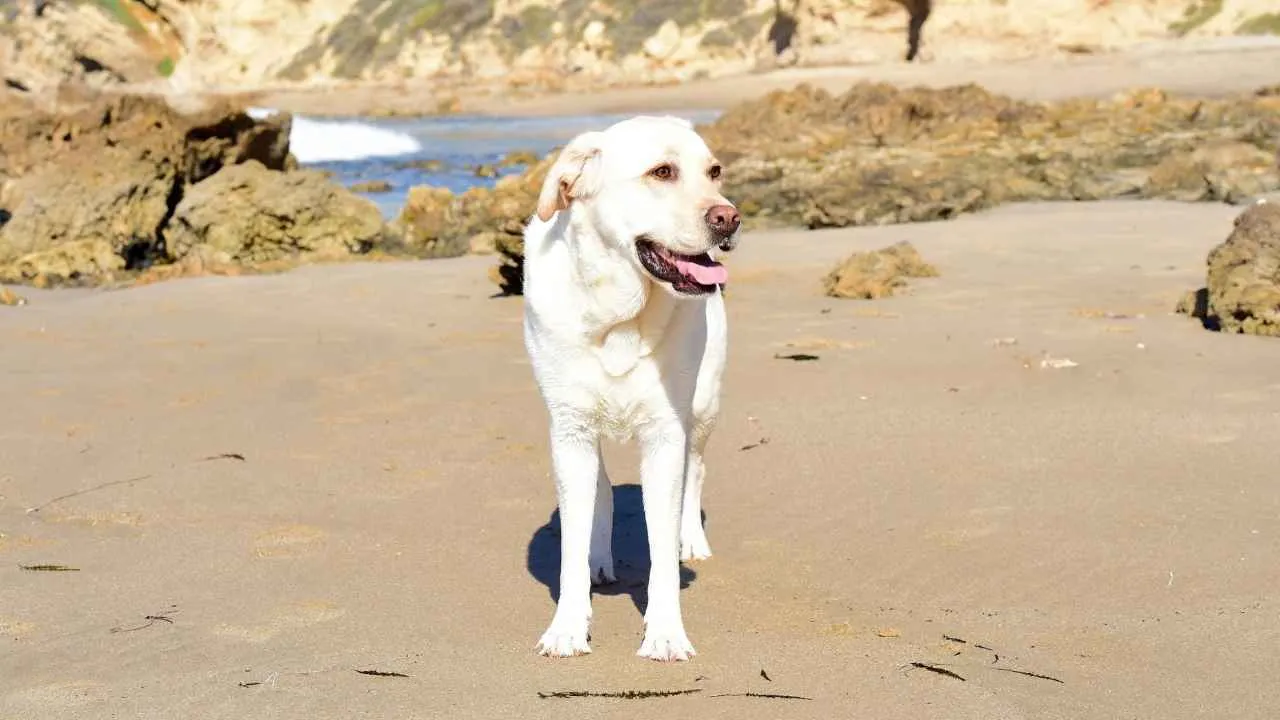
Quick Learners with a Nose for the Right Toy
Labradors are famously obedient, and that eagerness to follow commands makes them strong contenders when it comes to recognizing toys by name. Whether in training or at home, their love of games—especially retrieve—gives them plenty of chances to practice fetching the correct toy on command.
Calm Demeanor and Easy Care
Despite their sometimes goofy behavior, Labradors are incredibly balanced and rarely prone to excessive barking, which helps them stay focused during tasks.
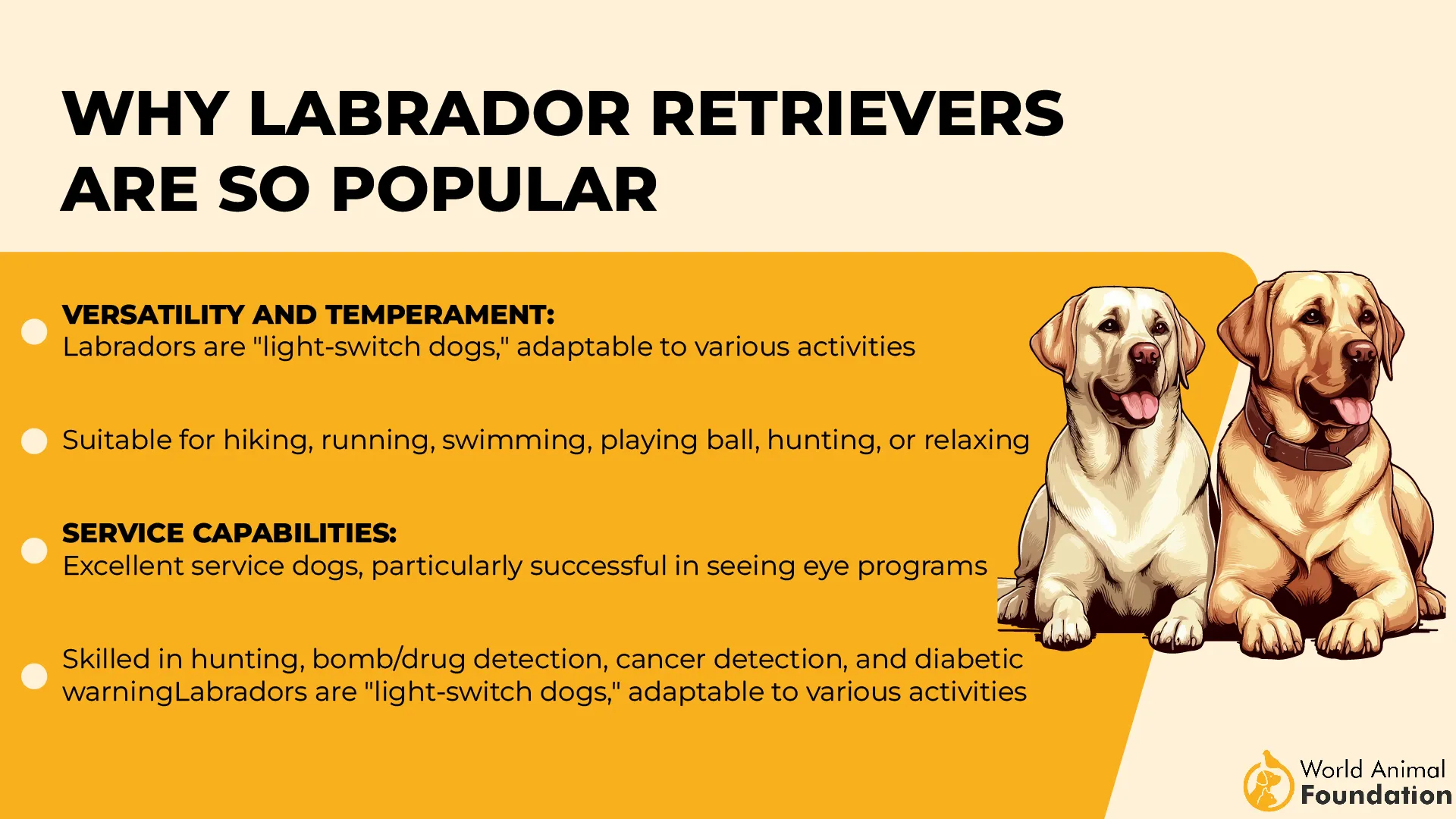
Labradors have a short, dense double coat that naturally repels water and dirt, needing only occasional brushing to stay clean and healthy, perfect for owners who want low-maintenance upkeep without sacrificing ruggedness.
Powerful Nose and Surprising Physical Adaptations
What really sets Labradors apart is their extraordinary sense of smell. With around 300 million scent receptors, they’re capable of detecting subtle changes in scent that most humans can’t even register. They’ve been used to identify everything from explosives to early-stage cancer.
4. Border Collie
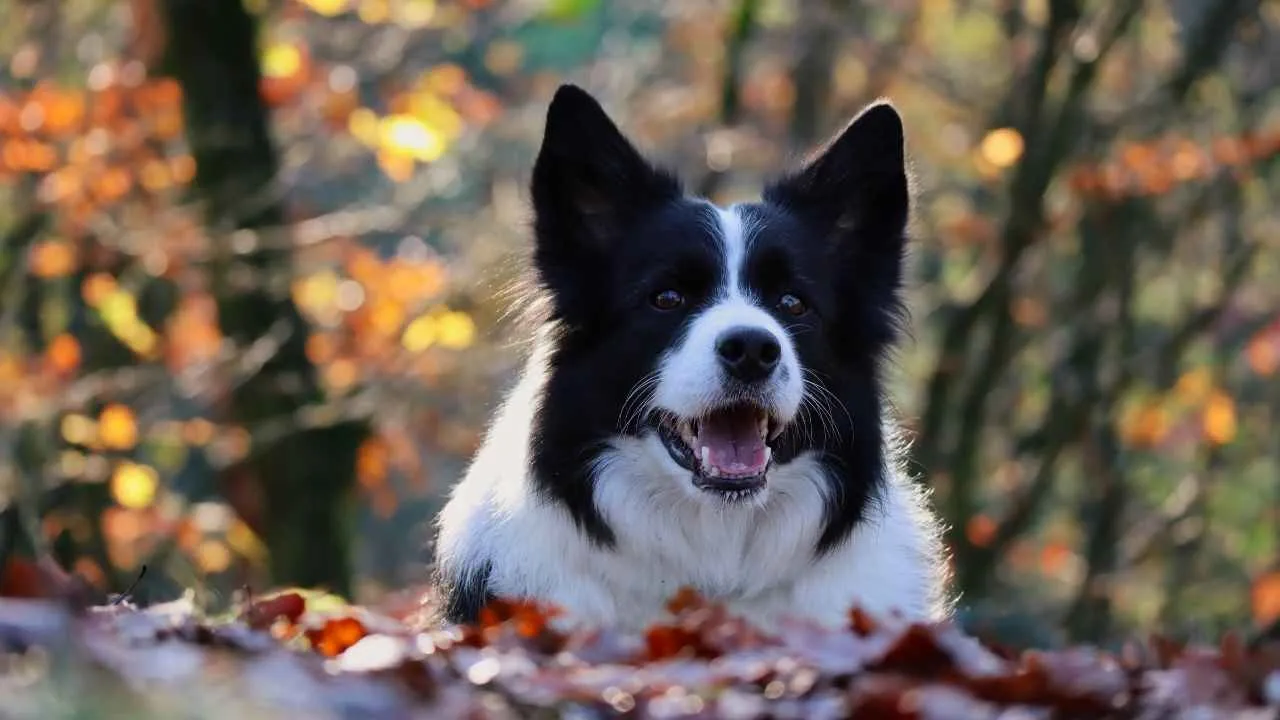
Elite Minds for Toy Name Mastery
Border Collies are known for being problem-solvers, and their mental sharpness makes them exceptionally skilled at distinguishing toys using vocabulary. These dogs thrive on learning new challenges and commands, often mastering complex instructions with ease.
When taught toy names, they don’t just memorize; they pick the right object out of a crowded space without hesitation.
Built for Speed, Focus, and Constant Learning
With unmatched stamina and lightning-fast reflexes, Border Collies dominate in canine sports like disc dog, herding trials, and obedience competitions. They’re agile, alert, and demand mental stimulation to match their physical pace.
Their double coat—whether smooth or coarse—helps them adapt to different working conditions. They’ll chase new tricks like they chase sheep: with full commitment.
The Ultimate Word Learners with Record-Breaking Smarts
Border Collie named Chaser made headlines for learning the names of over 1,000 toys—demonstrating the most advanced object recognition seen in any non-human animal. This wasn’t just a memory. She also inferred new names through elimination—an ability tied to the rare “gifted word” learners category.
5. Shetland Sheepdog
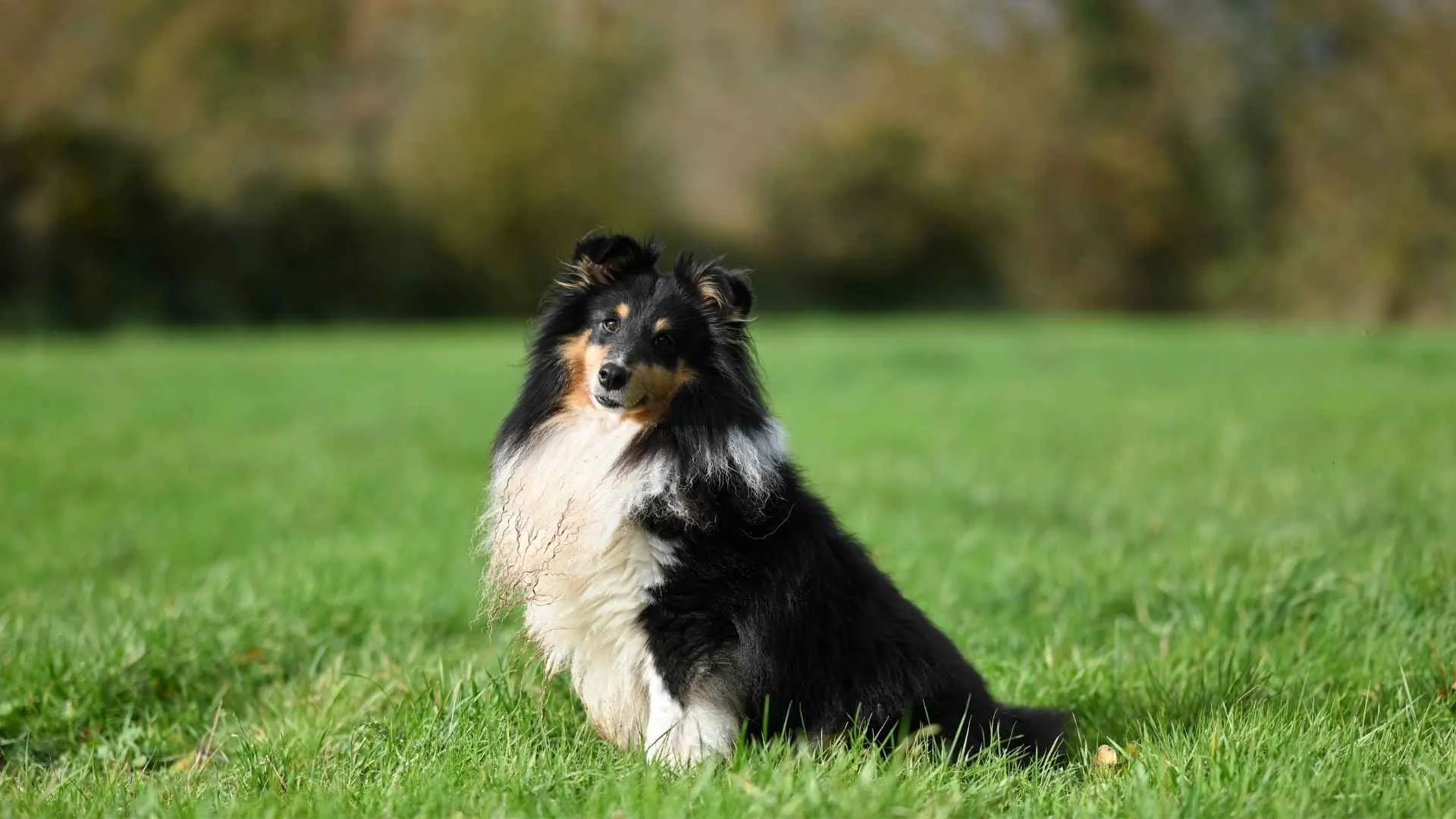
Quick Thinkers That Recognize Toys by Name
Shelties are smart, sharp, and observant, which makes them well-suited for games involving dog toys and object recognition. Their strong memory and alert nature help them focus on fine details, like differences in color, sound, and texture. When asked to bring a specific toy from one room full of distractions, they’re more than up to the task.
Loyal, Agile, and Tuned into Their Environment
According to PetMD, they were originally bred to herd in the rugged terrain of the Shetland Islands. These dogs were expected to do more than just move sheep.
They guarded gardens, signaled intruders, and even kept birds off crops. They’re also highly sensitive to their humans, making them ideal for obedience and precision-based training.
A Dog That Once Performed in the Circus
Poodles used to be circus stars. Thanks to their agility, intelligence, and love of pleasing crowds, they were trained to perform tricks, dance, and even walk tightropes. That same spirit lives on in modern Poodles—they’re playful, expressive, and just a little dramatic.
6. Papillon
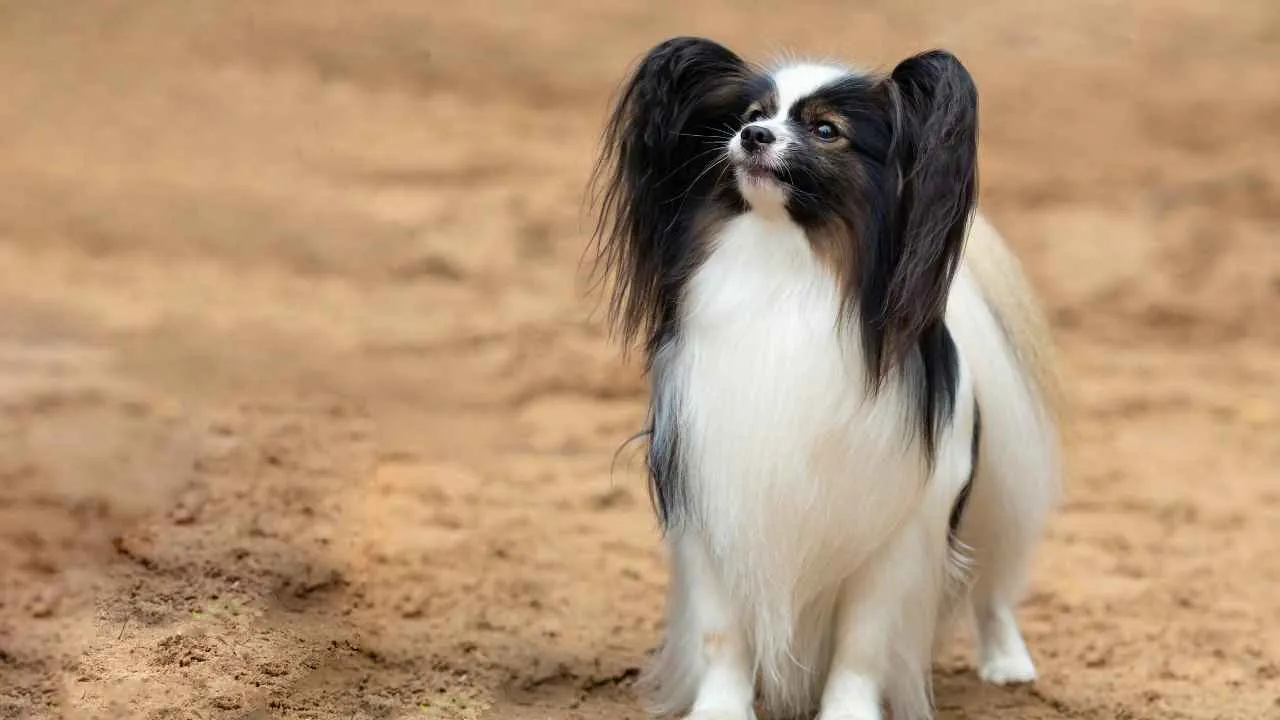
Long-Lived and Toy-Obsessed
Papillons can live well into their mid-teens, and with that long lifespan comes a deep emotional memory. Many develop strong attachments to favorite toys, treating them like treasures and even showing signs of possessiveness.
These aren’t dogs that casually fetch—they connect. Their ability to distinguish one toy from another isn’t just impressive; it’s proof of how emotionally and intellectually engaged they are.
Sophisticated Look, Spirited Temperament
Their signature “butterfly” ears and flowing coat might look dainty, but the Papillon’s personality is anything but.
Despite their royal past—favored by nobles and pets of celebrities—Papillons are incredibly down-to-earth and bond deeply with their humans. Their grooming needs are relatively low-key, but don’t skip regular brushing to keep those silky coats tangle-free.
Tiny Dog, Big Brain
Papillons may be small, but they pack serious mental horsepower. Bred from toy Spaniels, these pint-sized dynamos are often underestimated—until you see one tearing through an agility course or picking up new commands faster than you can say “sit.” What sets them apart is how quickly dogs learn in this breed.
7. German Shepherd
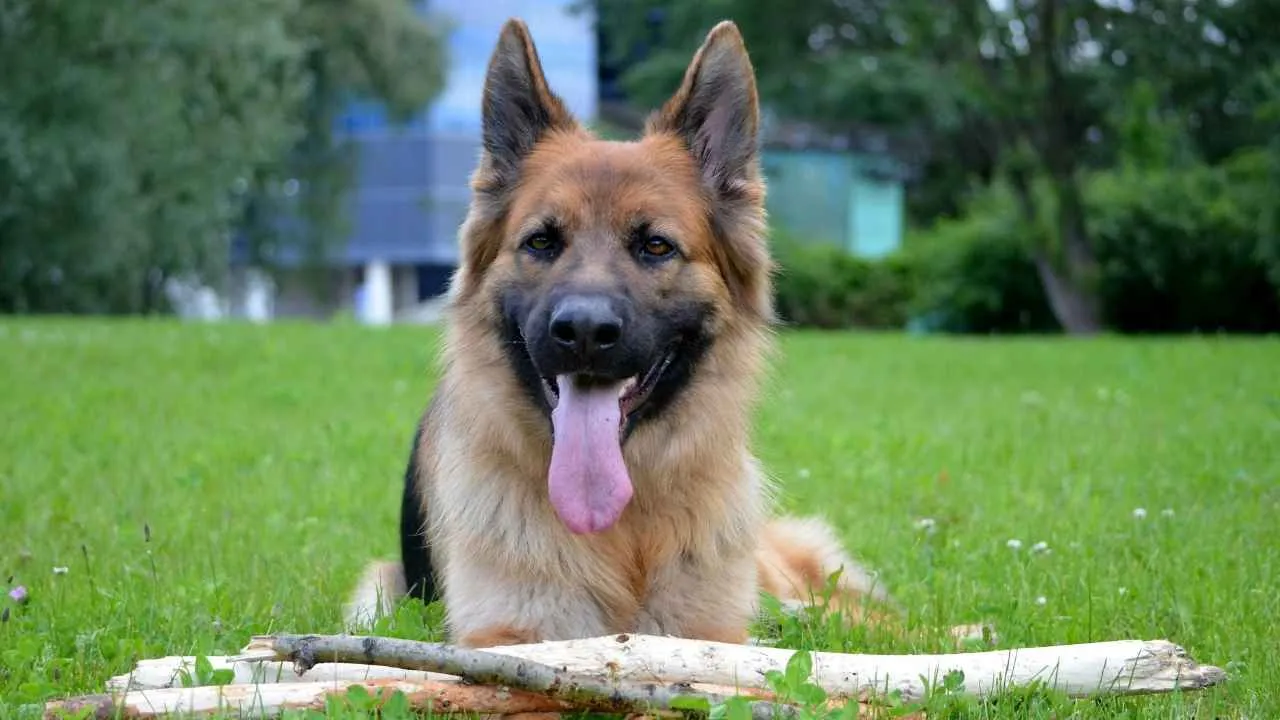
The Name-Savvy Genius
German Shepherds aren’t just working dogs — they’re problem-solvers with sharp memories. Their high intelligence makes them naturals at learning commands, patterns, and yes, even distinguishing toys by name. With consistent training and verbal cues, a German Shepherd can easily pick out “bone” or “rope” from a pile of toys.
Powerful Minds, Purposeful Movement
The German Shepherd is all about purpose. Originally bred to herd and protect, these dogs had to be fast thinkers and fast movers—skills that still define them today.
Whether it’s scanning for threats or responding to complex commands, this is a breed that thrives when its mind is engaged. It’s no surprise they became staples in military and police units worldwide.
All Work—and Plenty of Play
What’s often overlooked is how much fun German Shepherds can be. Give them a ball, and you’ll see just how playful and energetic they really are. They may be known for discipline and focus, but when it’s playtime, they go all in. Their physical strength, sharp minds, and love of activity make them naturals at fetch, hiking, and just about any outdoor adventure.
8. Australian Cattle Dog
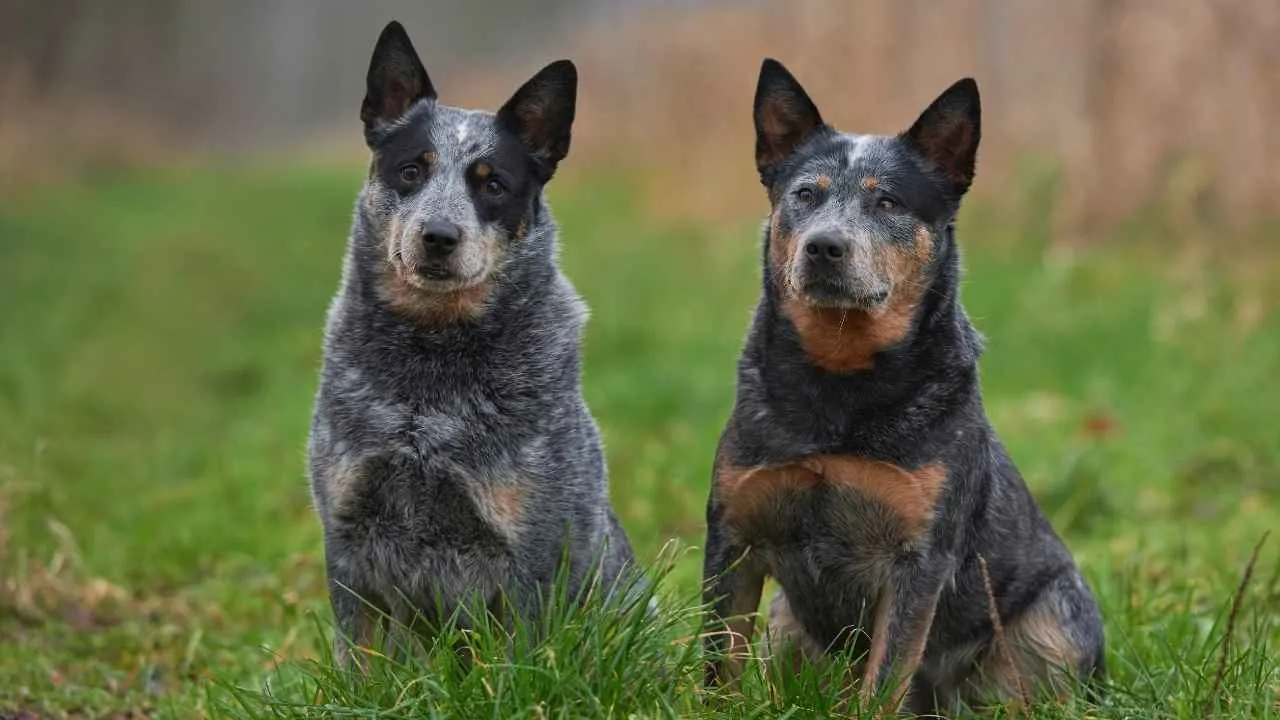
They Can Tell Their Toys Apart
What really sets the Australian Cattle Dog apart is its ability to distinguish objects by name. Give them a basket of toys, and with proper training, they can learn to identify each one individually by sound, scent, and even memory. Their focus and high drive mean they’re more than willing to practice, especially when there’s a reward involved.
Fun Fact: They’re Related to Dingoes
Here’s something unexpected—Australian Cattle Dogs have dingo ancestry. That’s right, early breeders crossed domestic herding dogs with wild dingoes to create a tougher, more adaptable worker. That wild streak may help explain their independence and sharp instincts.
Barking with Purpose: A Quiet Yet Alert Companion
While the Australian Cattle Dog is alert and highly responsive, it’s not the type to bark without reason. These dogs were bred for work, so their instincts tell them to conserve energy and only make noise when it matters, like alerting you to a stranger or something out of place. They’re generally quiet around the house, but when they do bark, it’s sharp and deliberate.
9. Doberman Pinscher
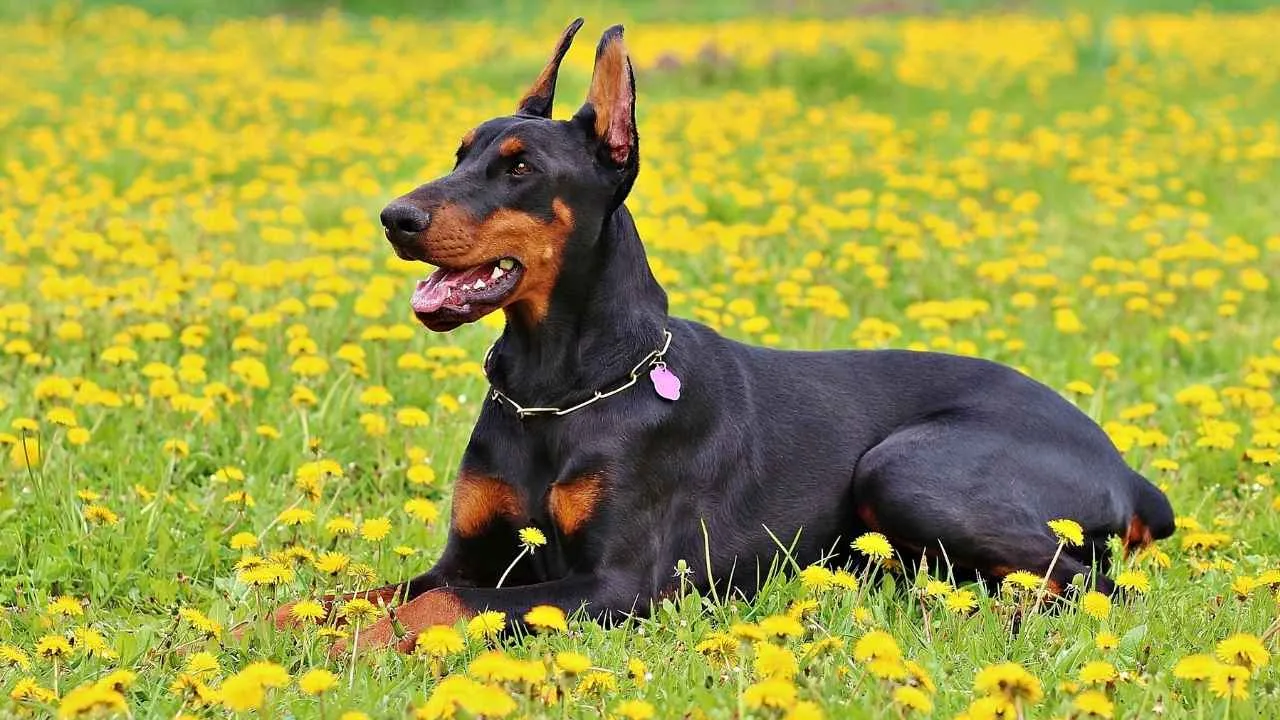
The Sharp Student of the Dog World
If you’re looking for a breed that could ace a memory test, the Doberman Pinscher ranks high. Dobermans have been part of studies and experiments that tested how dogs retain commands and recognize cues, including distinguishing toys by name.
With consistent training and a strong bond with their human, a Doberman can learn to associate specific words with specific toys.
Highly Attuned to Human Emotions
What sets a Doberman apart is how emotionally tuned in they are. This pup doesn’t just listen—they observe. A shift in your tone or body language? They’ll pick up on it. Whether you’re having a great day or just need a quiet moment, your Doberman adjusts to your energy.
Size and Agility
What sets the Doberman apart is how its size balances with agility. They’re muscular, medium-to-large dogs with long legs and powerful chests—strong enough to tackle police or protection work but light enough to stay nimble during high-speed play.
10. Rottweiler
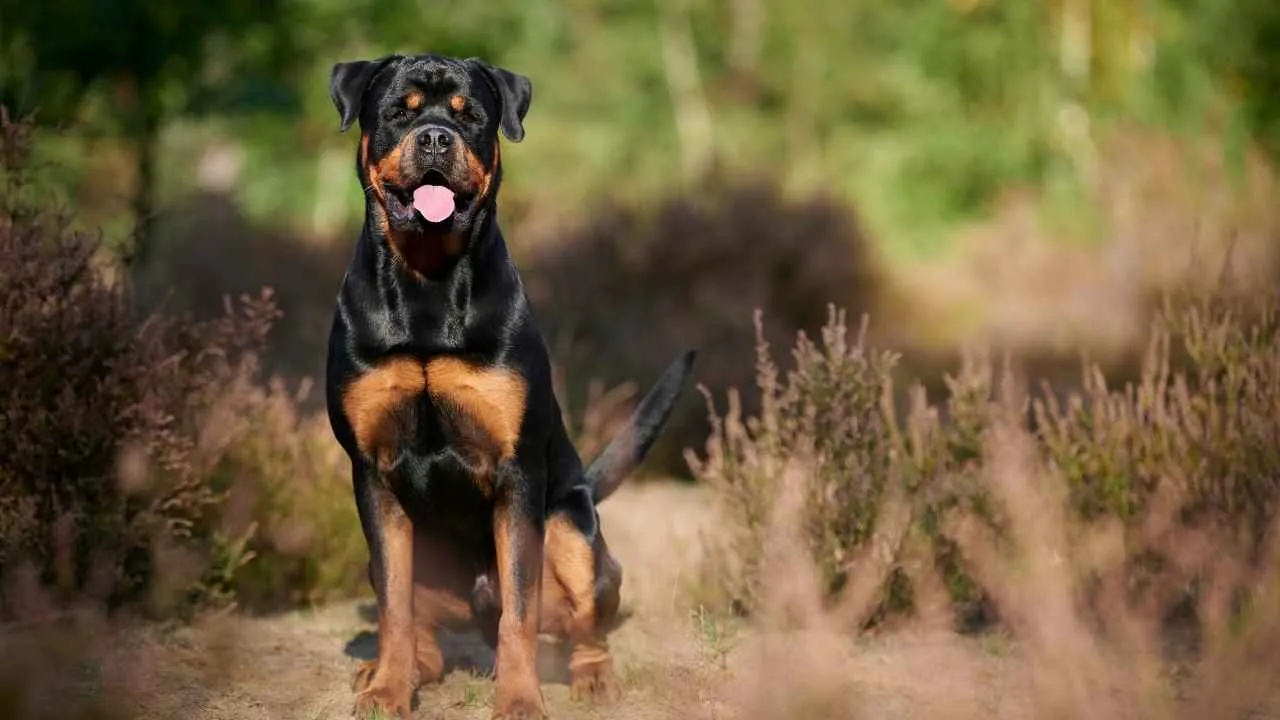
Recognize Toys by Name
Rottweilers are incredibly intelligent and observant dogs, which is why many can be trained to recognize specific toys by name.
With consistent training and repetition, a Rottweiler can learn to associate words like “doll,” “pen,” or even more unique names like “Mr. Squeaky” with the correct object. They rely heavily on both verbal cues and the tone of your voice to make the connection.
Powerful and Protective
Rottweilers are more than just muscle. Originally bred to drive cattle and pull carts for butchers, they’ve evolved into loving, protective family dogs. Their natural guarding instincts make them excellent watchdogs, but with proper training, they’re just as happy curled up next to you on the couch.
Athletes With Roman Roots
Here’s a fun bit of history—Rottweilers might trace their ancestry all the way back to ancient Roman drover dogs. That ancient lineage explains their natural athleticism and endurance. Whether it’s hiking, obedience trials, or agility work, they love staying active. And yes, they can outpace you on a run if you’re not careful.
Conclusion
Research into canine cognition keeps surprising us, and dogs are proving just how sharp they really are. Certain breeds, especially those known for their working or herding backgrounds, can distinguish dozens of items just by name.
That means if you’ve got a smart pup and a bit of time, you can build up your dog’s vocabulary one fetch session at a time. It’s not just a party trick. When your dog brings the exact named toy you ask for, it’s a sign of advanced memory, focus, and comprehension.


